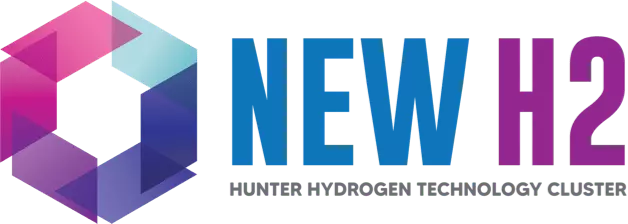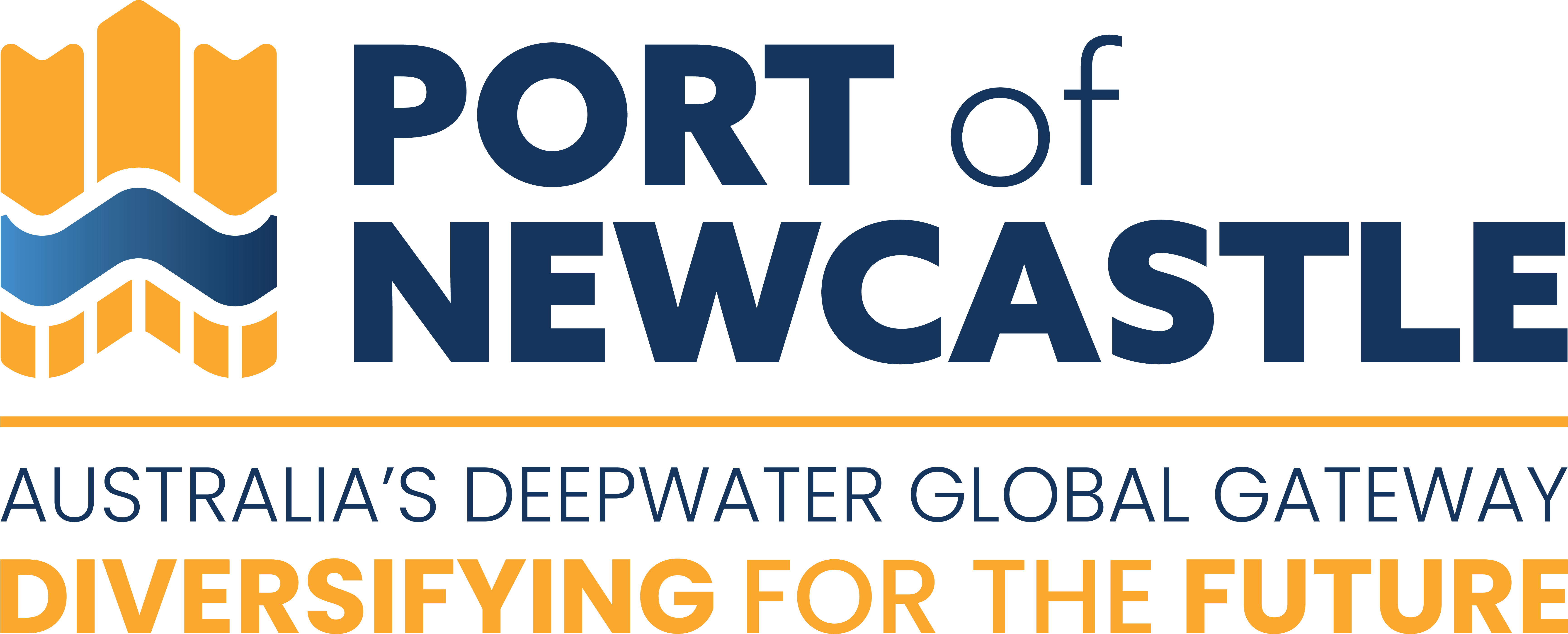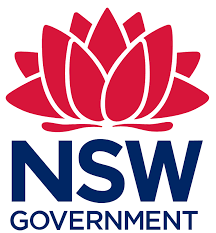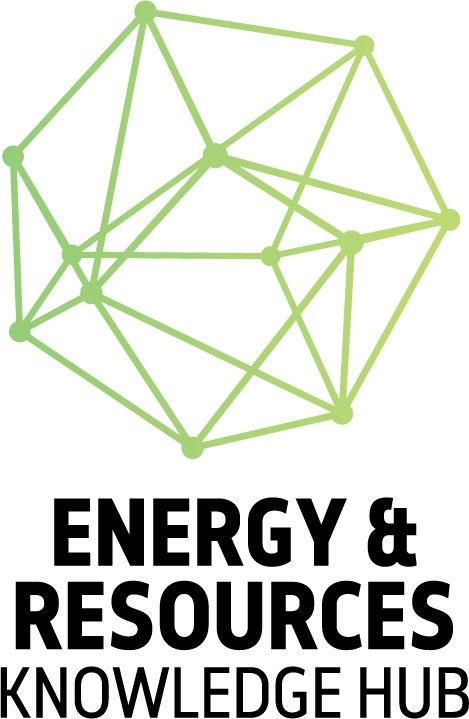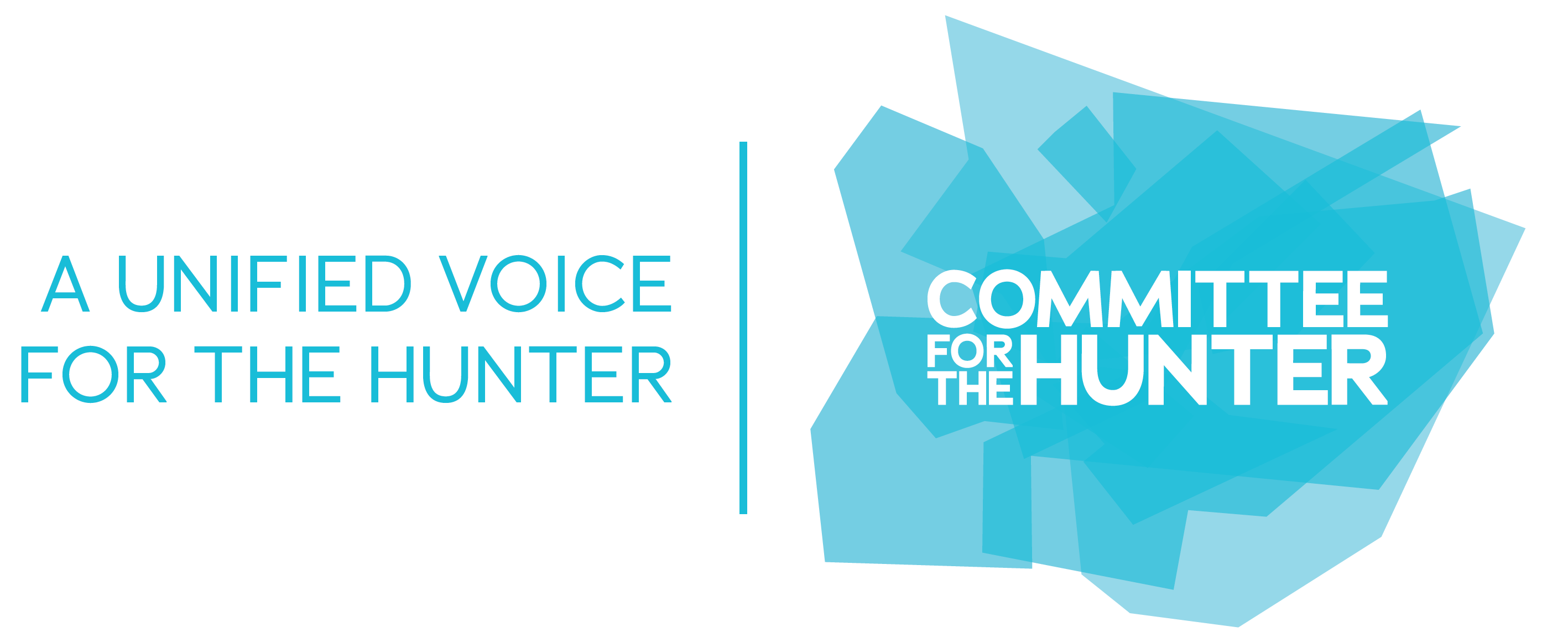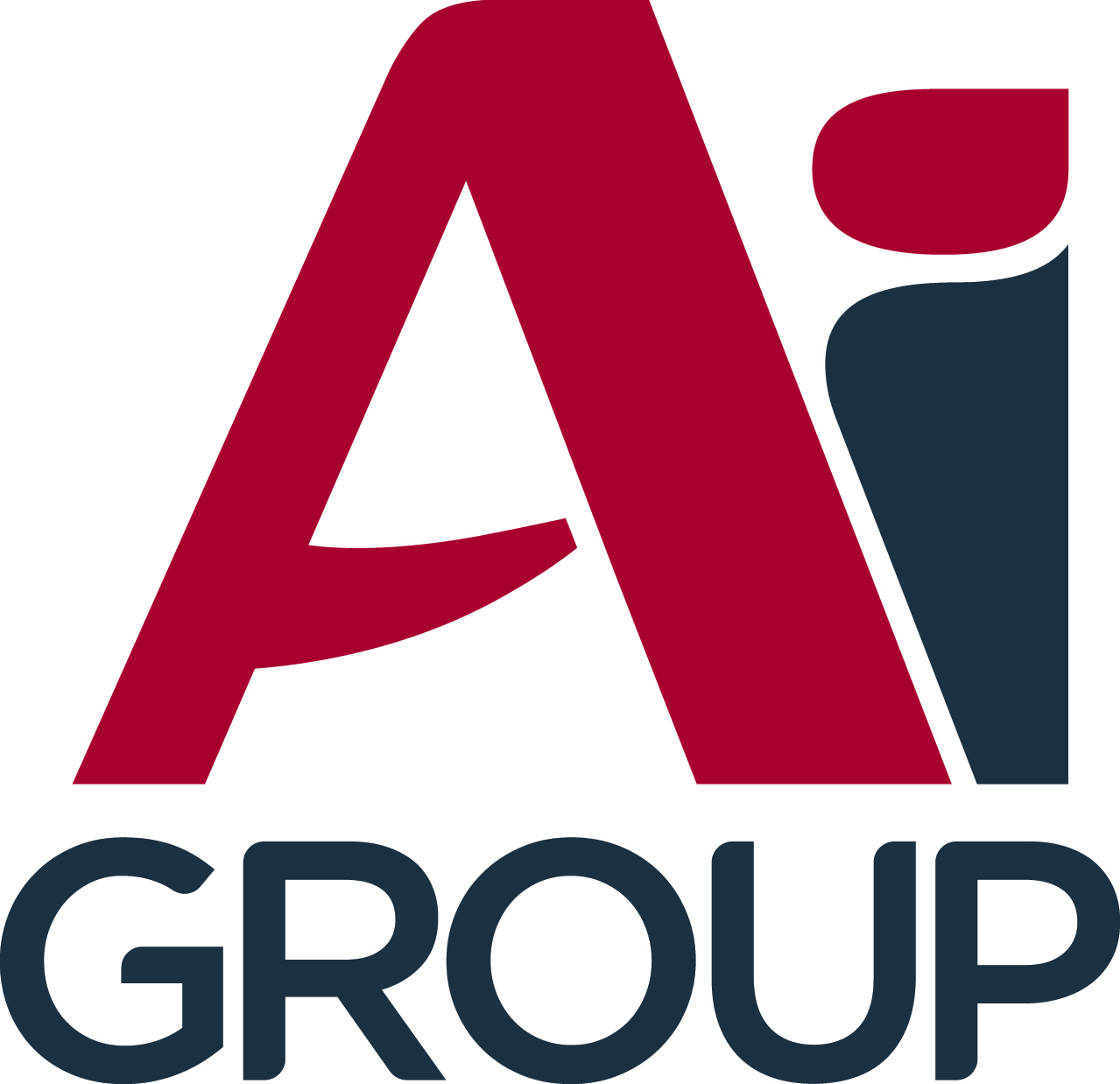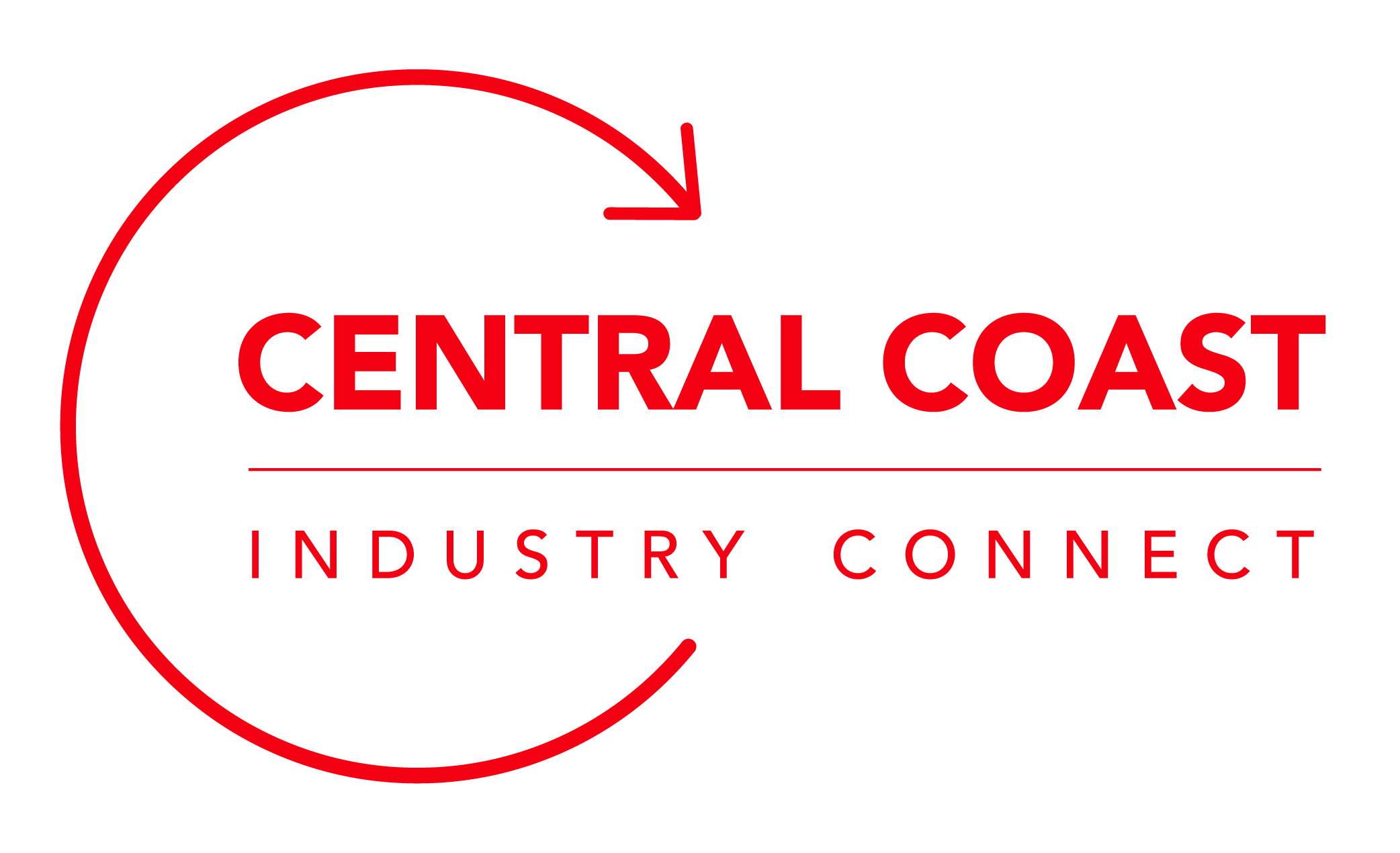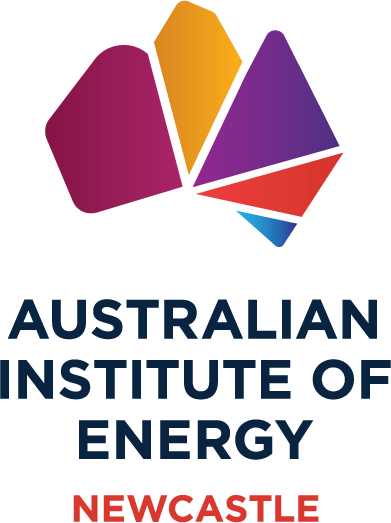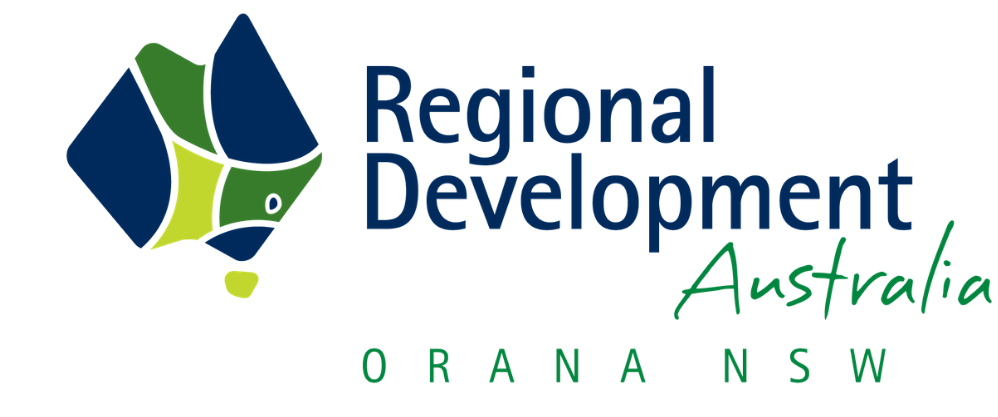IEEFA spotlights Australia's capacity to lead the world in green steel production
A focus on green hydrogen could enable Australia to process its iron ore domestically, using green hydrogen to create a product that is increasingly in demand, finds IEEFA.
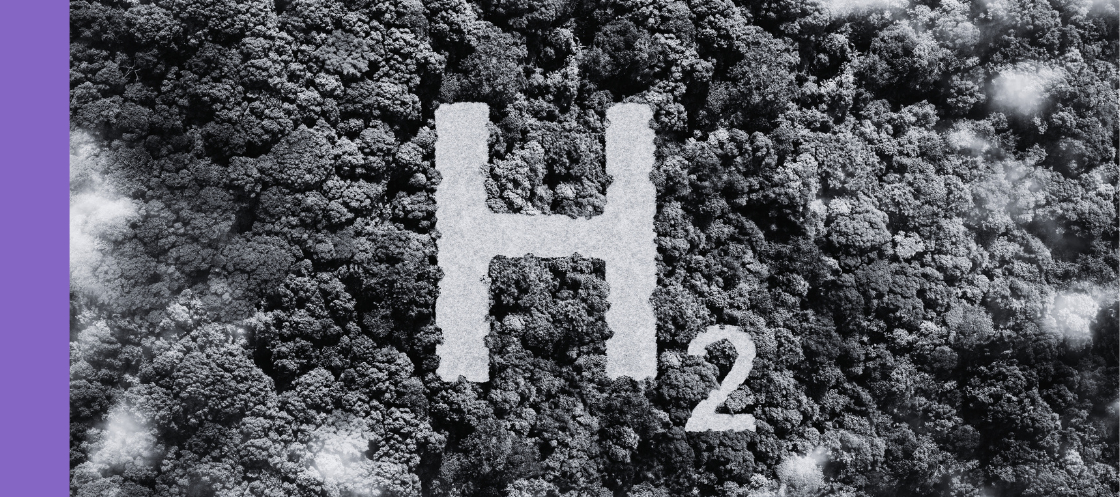
The Institute for Energy Economic and Financial Analysis (IEEFA) has called attention to the potential for Australia to use its renewable energy advantage to produce green hydrogen, which can be used to manufacture green iron and significantly cut greenhouse gas (GHG) emissions.
IEEFA's Briefing Note titled 'Hydrogen holds great potential for Australia’s onshore green iron production' details Australia's path to taking a leading position in the global transition to sustainable steel production.
Hydrogen-based direct reduced iron (DRI) is emerging as a key alternative to fossil fuels in ironmaking. Producing iron with green hydrogen considerably reduces CO2 emissions compared to gas-based DRI or coal-fired blast furnaces.
The Future Made in Australia initiative aims to support domestic manufacturing using renewable energy. This initiative includes a green Hydrogen Production Tax Incentive of A$2 per kilogram and A$1.3 billion in funding for green hydrogen projects through the Hydrogen Headstart program. These incentives are designed to lower the cost of green hydrogen and encourage its use in industries such as ironmaking.
"Iron ore is Australia’s biggest export, which means that a truly low-carbon makeover of this sector using green hydrogen is potentially the most impactful part of the Future Made in Australia plan," says Soroush Basirat, IEEFA energy finance analyst, global steel.
New green iron projects using green hydrogen are already emerging in Australia. In Queensland, Quinbrook Infrastructure Partners is planning a A$3.5 billion green iron project using green hydrogen from the CQ-H2 facility, aiming to start production in 2028. In South Australia, the government plans to establish a green hydrogen-based DRI plant by 2030, utilizing its renewable energy sources and high-quality magnetite iron ore. Meanwhile, in Western Australia, Fortescue is developing a green iron pilot plant and increasing magnetite ore production for DRI-based steelmaking, targeting the Chinese market.
The steel industry worldwide faces mounting pressure to reduce GHG emissions due to investor demands and regulations like the EU's carbon border adjustment mechanism (CBAM). International automakers are increasingly seeking green steel, defined by minimal to zero emissions in its production.
"With other countries now examining and executing their green iron and steel opportunity, Australia needs to move fast to make itself a leader in green iron, not just an iron ore leader," says Simon Nicholas, IEEFA’s lead analyst for global steel.
